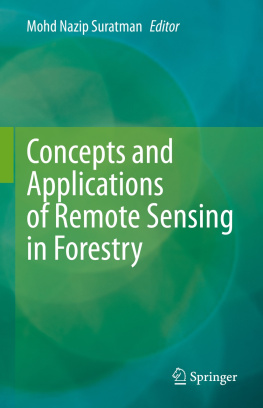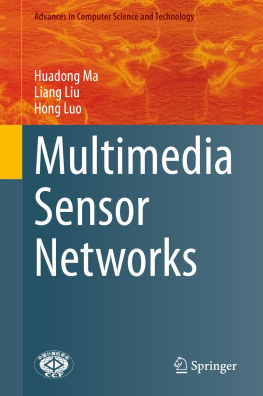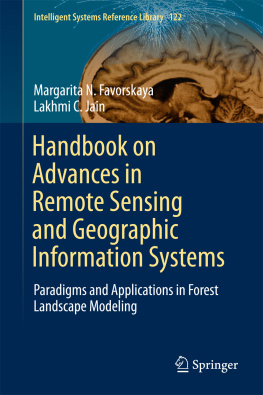1.1 Motivation
As the human race strives to improve the quality of life, we have become increasingly surrounded by consumer electronic devices and sensors. These devices and sensors are constantly evolving into an interconnected network also termed as Internet of Things (IoT). Miniaturization of sensors and microprocessors are driving this trend forward. It is expected that by 2020, by a conservative estimate nearly 50 billion devices and sensors will be connected with each other (Fig. ].
Fig. 1.1
Growth of the number of connected devices. Source Cisco IBSG, April 2011
Fig. 1.2
A schematic depicting component of Internet of Things (IoT). The blocks in red color depict the functions which require power in order to operate
The electronic devices are following a trend of miniaturization, driving down the production cost which is leading to further increase in the number of devices. As the number of devices increases in forms of wearable gadgets and sensors, each individual will own and use a large number of these devices. This will result in managing the power requirements and it will become practically very difficult to power the IoT completely through batteries. Therefore it becomes imperative to move onto newer, greener and sustainable ways of powering numerous electronic devices and sensors enabled by the IoT.
Harvesting energy from the surroundings is an approach to generate energy to power devices and sensors in a sustainable manner. There is enormous amount of energy available in our daily living environments, which is wasted without being put to any use. This energy is available in the form of motion, vibration, wind energy, solar light, heat and sound energy. Most of the energy available in these forms can be captured and used to convert to electrical energy. Sun is one of the biggest and lasting source of energy, and immense research effort has been put into developing efficient solar cells. But solar energy is subjected to many external factors e.g. weather, location and time. Therefore in order to develop energy harvesting solutions, it is important to design and develop novel solutions to harvest in other forms such as motion, sound waves and heat. The energy generated by these devices can be used in conjunction with the batteries to fulfil the power requirements of electronic devices and sensors. This will lead to the development of self-powered systems with an ability to harvest energy from their surroundings to meet their power needs. These self-powered systems will have applications in biomedical, environmental/infrastructure monitoring, security, sports training, healthcare and defense technology.
1.2 Mechanical Energy Harvesting
Mechanical energy is one of the most ubiquitous sources of energy around us. It is available in the form of human movement, breathing, heartbeat, vehicle motion and vibrations (Table summarizes the mechanical power available from various human activities. During these activities, solutions can be developed to capture and scavenge the energy for useful purposes without necessitating to work specifically to generate energy. Moreover, other sources of energy including vibrations, vehicle motion and wind energy can be harvested to convert into electrical energy.
Table 1.1
Sources of mechanical energy in the day-to-day surroundings
Human activity | Walking, running, lifting objects, breathing, heart palpitation, typing, hand movement, blood flowing through the blood vessels, speaking |
Inside home | Door closing and opening, pressing switch, vibrations from household appliances e.g. microwave, air conditioner, refrigerator etc. |
Outside home | Wind energy, vehicle movement on the roads, vibration from vehicles e.g. engine and chassis, rotational kinetic energy from tires |
Industrial plant | Movement of vehicles, vibrations from machines, human movement |
Table 1.2
Biomechanical energy/power available from the different human activities
Human activity | Mechanical power available |
|---|
Blood flow | 0.93 W |
Exhalation | 1.00 W |
Upper limb movement | 3.00 W |
Finger typing | 6.919 mW |
Walking | 67 W |
Traditionally, three principles have been used for the conversion of mechanical energy into electrical energy at relatively smaller scale:
Piezoelectricity
Electromagnetism
Electrostatics
Piezoelectric mechanism is one of the most popular strategies to harvest ambient mechanical energy and is based on property of the material known as piezoelectricity [].
Recently, a new principle known as triboelectric mechanism has been proposed as a new method for mechanical energy harvesting [. Mechanical energy harvesters based on triboelectric mechanism are more commonly termed as triboelectric nanogenerators (TENGs).
1.3 Scope and Organization of Thesis
This thesis is aimed at developing mechanical energy harvesting solutions using triboelectric mechanism. The overarching objective of energy harvesting technology is to realize self-powered sensor systems and electronic devices. The research work conducted for this thesis utilizes triboelectric effect to develop self-powered sensor systems, which can function without the need of external power. These self-powered systems will have immense applications in future in the area of healthcare, security systems, remote patient monitoring and rehabilitation. If any technology has to be taken to masses and commercialized, it is important to make the technology scalable to take advantage of economies of scale leading to low cost of the devices. The research conducted also demonstrates the scalable fabrication of triboelectric energy harvesting devices and sensors. The organization of the thesis as per research work conducted is explained hereafter.
To start with, a comprehensive literature review was conducted. Chapter details a review of mechanisms used for mechanical energy harvesting including piezoelectric, electromagnetic, electrostatic and triboelectric. As the main focus of this thesis is using the triboelectric effect to design and develop mechanical energy harvesters, special attention has been paid to the triboelectric mechanism and TENGs. The working principle of the TENGs has been explained. Thereafter fabrication techniques used to realize TENGs have been reviewed. The next part of the literature review was conducted for the two major directions of the research: (1) triboelectric mechanism based energy harvesting devices and (2) triboelectric mechanism based self-powered sensors.













